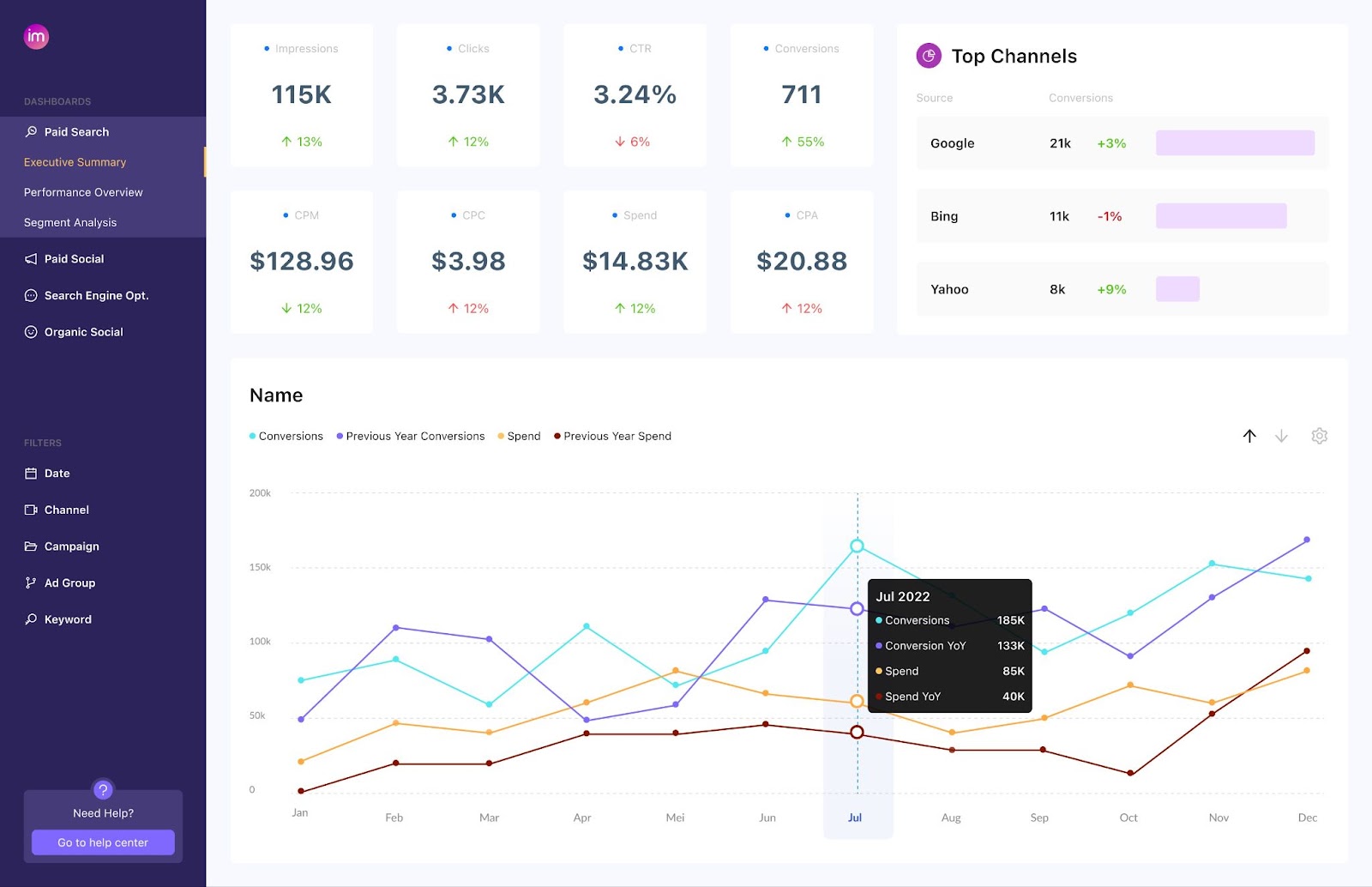If your audience keeps seeing the same ad over and over again, performance will drop—and fast. That’s why frequency capping is a key strategy in paid traffic. It lets you control how often someone sees your ad within a given period, reducing ad fatigue and keeping your campaigns efficient. In this article, you’ll learn what frequency capping is, why it matters, and how to use it across different platforms.
What Is Frequency Capping?
Frequency capping is the practice of limiting the number of times an individual user sees your ad within a specific time frame. It’s used to:
- Avoid annoying or overexposing your audience
- Prevent wasted impressions on users who won’t convert
- Improve overall campaign performance and ad rotation
Example: You cap a campaign at 2 impressions per user per day. Once someone sees your ad twice, the platform stops showing it to them until the next day.
Why Frequency Capping Matters
- Reduces ad fatigue
- Protects your brand image from being too pushy
- Ensures budget is distributed across a wider audience
- Improves CTR and conversion rates
- Helps maintain consistent ROAS over time
Without frequency capping, high-performing campaigns can burn out quickly.
Where You Can Set Frequency Caps
- Google Ads: Display & Video campaigns (manual cap per user per day/week/month)
- Meta Ads (Facebook/Instagram): Through Reach and Frequency campaigns
- LinkedIn Ads: Using ad rotation and impression limits
- YouTube Ads: Via campaign frequency settings
- Programmatic DSPs: Typically offer robust capping tools per placement or audience segment
Search campaigns don’t support frequency capping since they are based on active intent.
Best Practices for Frequency Capping
- Cold audiences: 1–2 impressions per day max
- Retargeting audiences: Slightly higher cap (2–3 per day), since users are warm
- High-ticket items: Allow for more frequency across longer time windows
- Run A/B tests with different caps to find the sweet spot
Always pair frequency capping with fresh creatives and retargeting sequences.
How to Monitor Frequency
Use metrics like:
- Impressions vs Reach
- Ad frequency average
- CTR drop over time
- Cost per result increase over time
- Ad recall and engagement surveys (Meta)
If CTR is dropping while frequency is rising, it’s time to cap and rotate.
Final Thoughts: Less Can Convert More
Just because someone can see your ad 10 times a day doesn’t mean they should. Frequency capping helps you strike the balance between visibility and performance. By showing the right message at the right cadence, you avoid burnout—and keep your audience engaged.

